Not only is popcorn one of the healthiest and most delicious snacks you can enjoy without guilt – it also happens to be one of the easiest crops of all to plant and grow in a home garden!
Popcorn grows in much the same fashion as traditional sweet corn. In fact, to the average visitor to a garden during the growing season, that is exactly what they would think is growing when they see the soaring green stalks towering above the other vegetable plants.
But the real magic of growing popcorn doesn’t happen until late in the summer. Instead of picking the ears when they are fresh and juicy, the cobs and kernels stay on their stalks to dry in the late summer sun. And when they do, the once juicy kernels harden into one of the healthiest crops around!
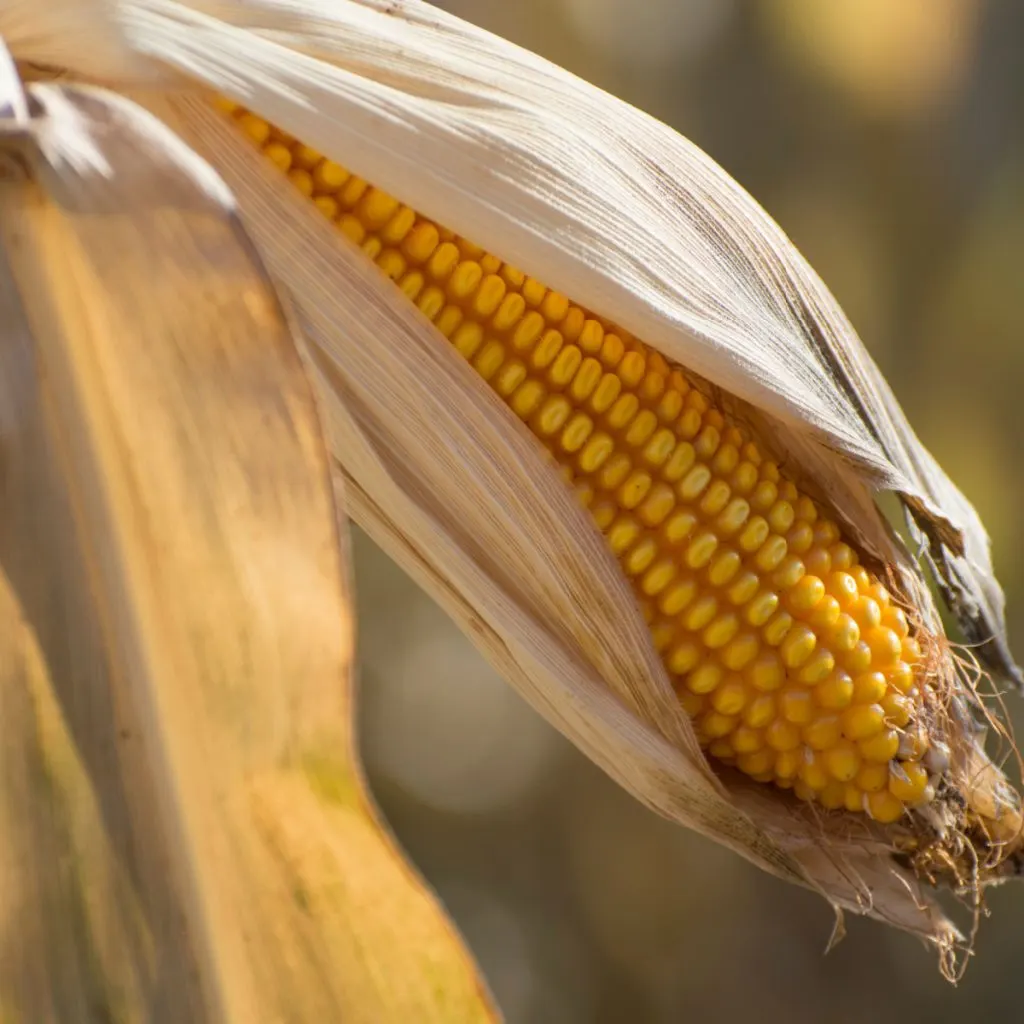
There truly is a sense of amazement watching your crop pop into a delicious snack once dry. Not only is it healthy and tasty to eat, growing your own popping kernels can also make for quite the conversation piece in the garden. And can it ever be healthy!
The Healthy Snack To Grow – How To Grow Popcorn In A Garden
Popcorn not only contains antioxidants, but it’s also a great source of fiber. The whole grain crop is a great choice for those on a diet or looking to cut calories. Especially when popped in a healthy olive oil. In fact, a single cup of butter-free popcorn contains less than 40 calories.
And then there is the taste. It’s honestly nearly impossible to compare the taste of fresh popped, home-grown popcorn to the processed microwave bags of puffed corn you find in the store. Even better, there are so many great varieties you can grow when you grow your own!
From Ladyfinger, Dakota Black, Strawberry and Shaman’s Blue to the incredibly unique and beautiful Glass Gem variety, there is an incredible variety of delicious heirloom popcorn seeds you can grow. And all will leave you wanting more of their fresh, tasty flavor. See: How To Grow Glass Gem Corn – Grow Something Magical In Your Garden!
With growing your own amazing popcorn in mind – here is a look at how to plant, grow & harvest your own crop this year with ease!
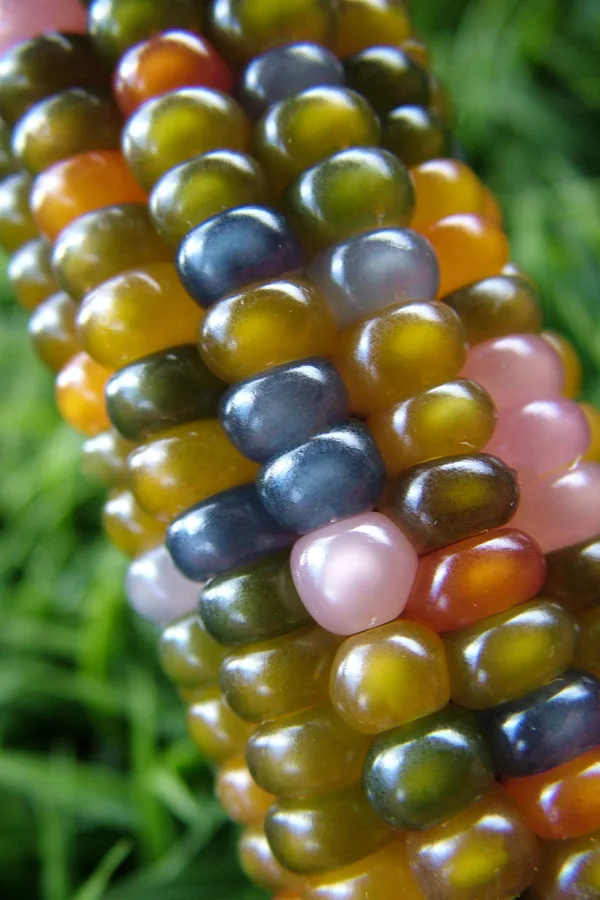
How To Plant & Grow Popcorn In Your Garden
As mentioned above, popcorn grows in very similar fashion to sweet corn. They are actually both in the same plant family. In fact, there are about six total types of corn in the world – and all grow in much the same manner.
But popcorn differs from the other types in that it has a special starch within its kernel. And when dried and then heated with a bit of oil, it pops into an edible treat. And if you don’t heat the kernel and save it back – it can be planted next year to grow again.
- Affiliate Popcorn Seed Link: Glass Gem Corn Seeds Non-GMO Popcorn
- Affiliate Popcorn Seed Link: Popcorn Strawberry Cherry Berry Seeds
Planting – How To Grow Popcorn In A Garden
Much as with sweet corn, planting of popcorn needs to occur in late spring, after the soil has warmed. Popcorn seeds should go in the ground once the soil heats up to at least 60° to 65°. If planting occurs too early in the spring, seeds can easily rot away or struggle to germinate. Corn simply does not germinate or grow well in cold soil.

If you are unsure how warm your soil is, an instant soil thermometer is a great tool to have on hand to know when to plant. It actually can be quite helpful all over the garden. Many inexpensive meters can test for all kinds of useful information including soil temperature, moisture, pH and more. Affiliate Link: 6 in 1 Soil Moisture & Temperature Meter
Plant In Full Sun – How To Grow Popcorn In A Garden
Corn loves sunlight, so plant your crop in an area that gets at least 6 to 8 full hours of sunlight each day. Once you have chosen your location, begin by creating rows 18″ to 24″ inches apart from one another. A string tied to two stakes at each end of your row is a great way to keep planting lines straight and true.
Create a planting trench in the row by using a hoe or mattock. Create a trench a few inches wide at a planting depth of around 2 inches. Popcorn is a heavy feeder from the soil. Because of this, it’s a great idea to fill your planting trench with an inch of compost.
In addition to providing nutrients to the corn, the “blanket” of compost will also help hold moisture into the seeds for faster germination. It is a little planting trick with popcorn that goes a long way to better yields.
Now it’s time to plant the seeds down into the compost layer. Plant seeds 4 to 6 inches apart, nestling them down about 1/2 inch into the compost layer. The total seed depth in the compost should be about 1.5 inches from the top surface of the soil.
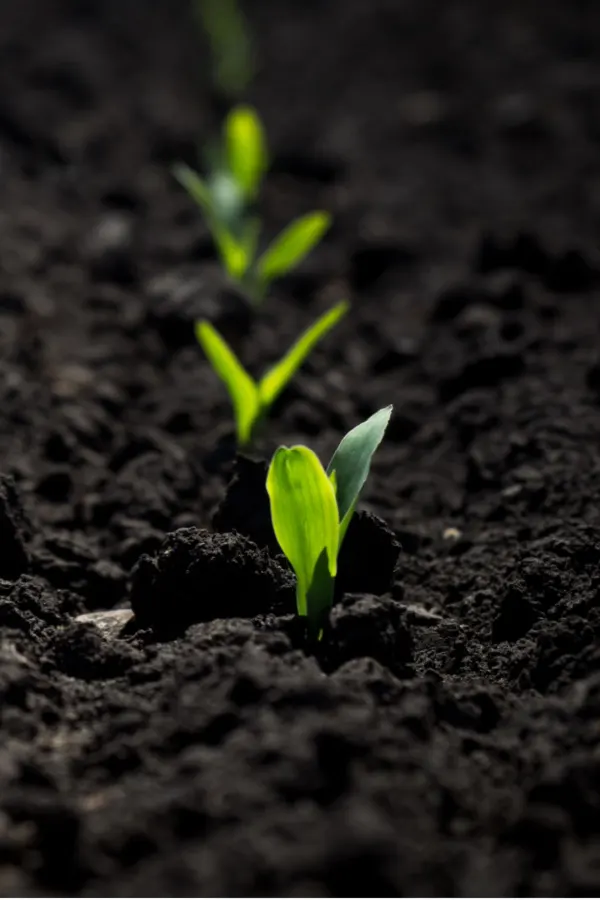
Setting Your Crop Up For Success – How To Grow Popcorn In A Garden
Good pollination is a big key to success for a popcorn crop. The best way to ensure that is to plant your crop in a block formation instead of just a few long rows. Why? Because popcorn (like sweet corn) relies heavily on the wind for pollination.
Each popcorn plant has both male and female flowers. As the wind blows through the tops of the developing crop, pollination from one plant to another occurs. Unfortunately, if planting occurs in a single long row, it lessens the chances for the pollen to spread.
For best results, plant popcorn at least 4 to 6 rows wide, instead of 2 or 3 long rows. In addition, if you will be growing sweet corn in addition to popcorn, it’s important to locate the two varieties away from one another.
Corn types can cross-pollinate if planted beside each other or in the same immediate vicinity. A minimum of 50 feet between crops will usually be enough to keep each crop safe.
Maintaining Your Crop – How To Grow Popcorn In A Garden
Weeds are a big enemy of corn. If allowed to grow wild, they will rob vital nutrients from young seedlings. Mulching with straw, shredded leaves or grass clippings is a great way to keep weeds down and valuable moisture in the ground.
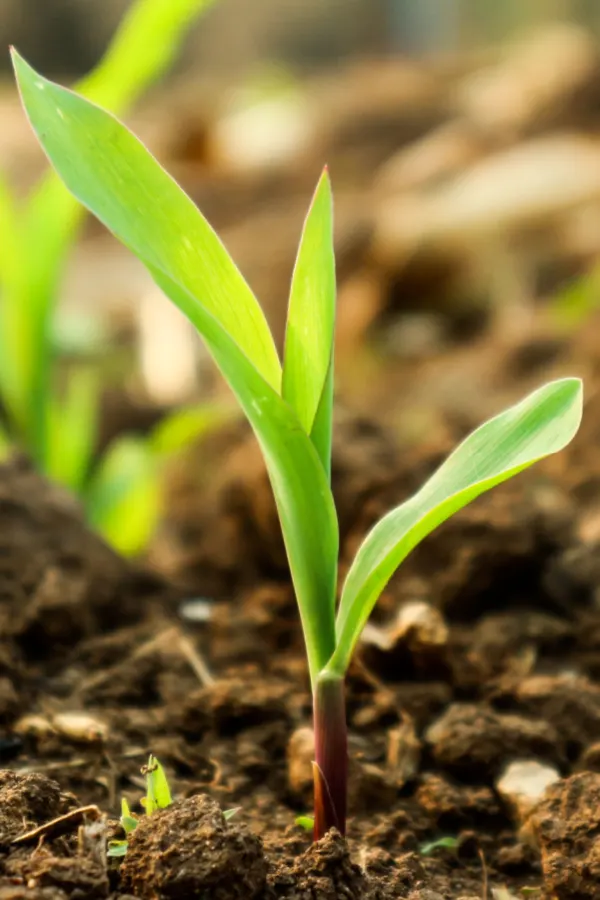
The good news is, that once your popcorn begins to grow larger, the foliage of the stalks will usually keep much of the weed growth at bay.
As for water, popcorn needs about 1 to 1.5 inches of water per week to grow best. Although it rarely needs watering once it has become established, supplying additional water to seedlings during an extended dry period will help greatly with early growth.
Fertilizing is a must for popcorn. Popcorn needs a lot of nutrients and will quickly deplete the soil of what is available. Fertilize with a balanced all-purpose granular fertilizer. Apply a dose when planting, again at 4 weeks – and once more at 8 weeks for best results. Affiliate Link: Southern Ag Fertilizer 10-10-10 – Fertilizer
Harvesting – How To Grow Popcorn In A Garden
Unlike sweet corn, popcorn can be allowed to dry on the stocks. Be aware that as kernels dry, they will become more attractive to wildlife. Both deer and raccoon can demolish a corn patch quickly. If this is an issue, you can pick earlier and let it dry longer off the stalks.
Once you remove the corn from the stalks, place it in a well-ventilated area to continue the drying process further. Wire baskets or bushel baskets with vents work well for allowing popcorn to dry. You can also place cobs on an old screen up on blocks to allow for good circulation.
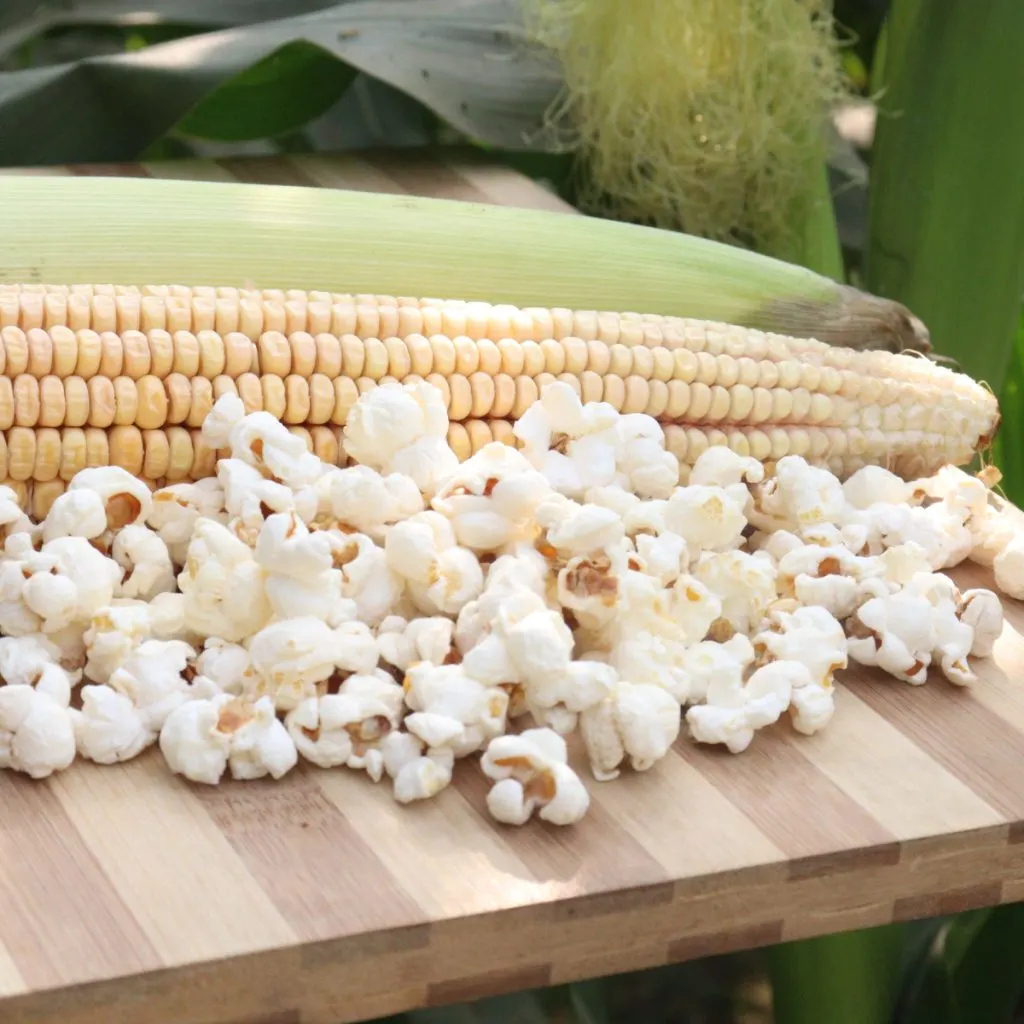
Let corn dry a minimum of 4 to 6 weeks on the cob before removing from the cob. It is best to let it dry 8 weeks or more. The longer the corn stays on the cob to dry, the easier it is to remove.
As for how to remove the kernels from the cob, the best way is to use a metal hand corn sheller. They simply slip over the end of the cop and strip the kernels away. You can put on a sturdy pair of leather palm gloves and remove by hand, but the sheller is the way to go for larger harvests. Affiliate Link: Metal Corn Sheller
To store, place in a clean, sealed jar or airtight plastic bag. Popcorn that is dry and stored properly will keep well over a year without losing any of its vigor or taste.
This Is My Garden
Follow Our Facebook Page For Great Gardening Tips And Advice! This Is My Garden Facebook Page
This Is My Garden is a garden website created by gardeners, for gardeners. Jim and Mary Competti have been writing gardening, DIY and recipe articles and books and speaking for over 15 years from their 46 acre Ohio farm. They publish three articles every week, 52 weeks a year. Sign up today to follow via email, or follow along!
